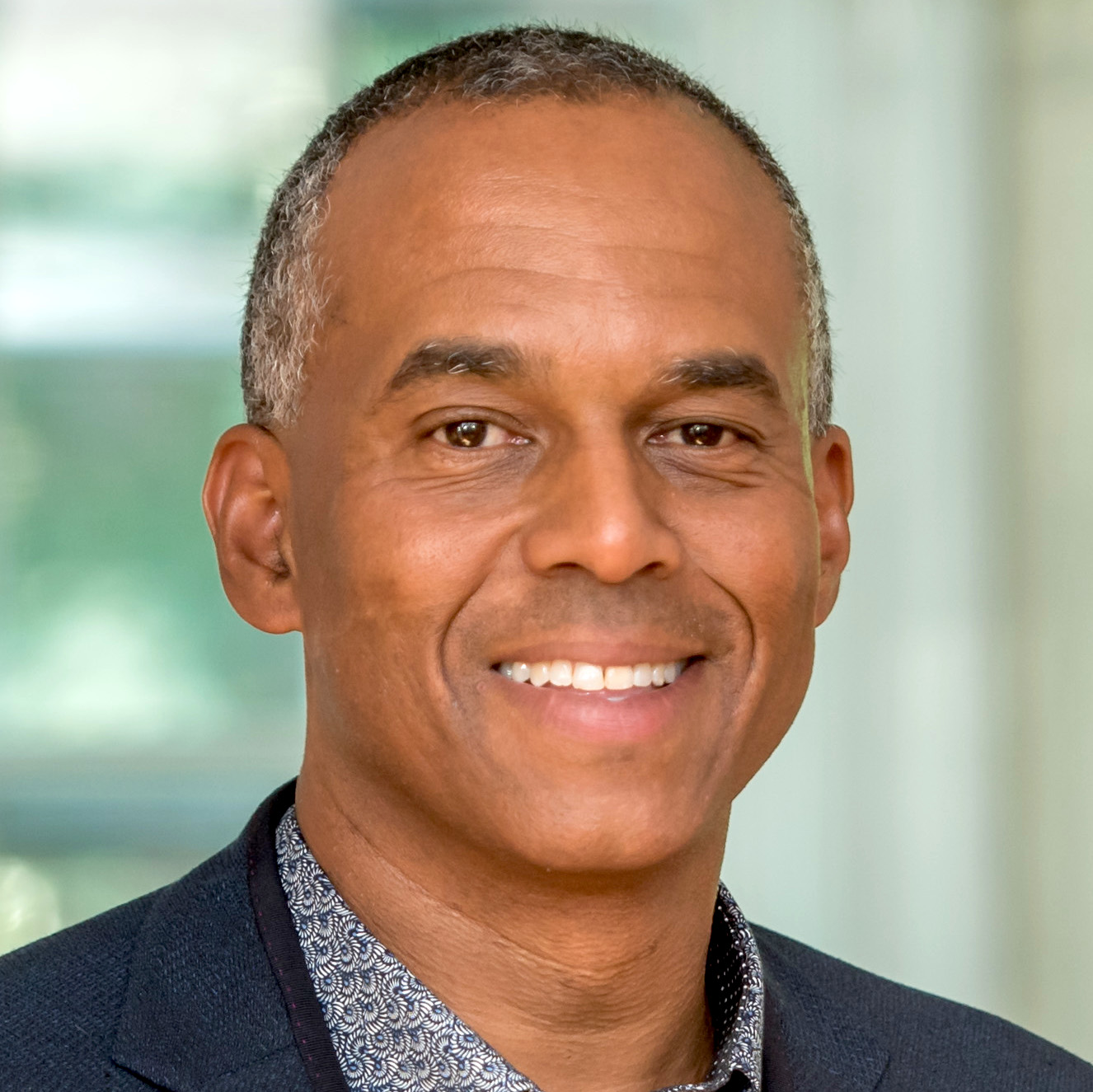
Organizational leadership over the past 22 months has been more challenging than most ever could have expected—no matter the sector, size or scope of the organization. It has required making decisions with potential life and death consequences during a rapidly evolving public health crisis.
For well over a year as president of a residential liberal arts and engineering college, I feared daily that a member of our campus community—student, staff or faculty—would become seriously ill or even die.
Thanks to the selfless actions of all members of our community, we survived the darkest days of the pandemic. Faculty quickly and creatively found new ways to teach, and staff heroically served the basic needs of our on-campus community. Students adapted in ways that will serve them well across the multiple tomorrows that will shape their lives.
Today, I have far fewer concerns that a member of our community will become seriously ill or die from COVID-19. We require vaccines and mandate that masks be worn in most indoor spaces. As an added precaution, we test our community for COVID-19 weekly.
Still, I am far less certain that we are making the right decisions this year than I was last year. And from conversations with leaders in higher education and other industries, I know I am not alone. Today we face far less consensus around what reasonable COVID-19 precautions look like now that vaccines have greatly reduced the threat of death or serious illness.
For example, many consider masking and mandatory testing essential. Others, who are understandably weary of wearing masks for long periods of the day, may point to the protections of vaccinations when calling for easing of restrictions. Many who have urged us to “follow the science” are now hesitant to embrace data that suggest we can ease off on testing (which our college’s outside public health consultant has advised).
Some degree of extreme caution is understandable, given everything we all have endured since March 2020. Respecting that caution—while not letting it paralyze efforts to move any institution forward after 22 months of COVID-induced stasis—is the challenge. The recent emergence of the omicron variant and its potential dangers only underscores our caution.
Remote work and resignations
Another emergent balancing act pits the value of face-to-face interaction with the flexibility afforded by remote work. At Union, nearly all our students live on campus. The presumption has always been that our employees need to work on campus.
Beyond that, the unplanned personal interactions that occur every day incubate ideas and are critical to building consensus and community. I am concerned that the negative organizational effects of widespread remote work will accrue slowly and be difficult to reverse once their full effect is felt.
At the same time, it is becoming clear that worker flexibility will be the next battleground for attracting the best possible talent. Like our competitors, we need world-class employees on our team. We also want to respond to the understandable calls from current and potential employees for improved work-life balance. Given competing demands, how do we balance employee flexibility with achieving our core mission?
We’re also squarely facing another major workplace phenomenon wrought by COVID—the ‘Great Resignation.’ The pandemic is proving to be a tipping point for many workers who have decided to leave the workplace, either permanently or temporarily. At Union, we are feeling this most acutely among our dining operations where staff shortages are hampering our operations.
It is also evident throughout our community. We have lost talented staff members over the last 22 months whom I am convinced would still be with us if not for the cumulative toll of working in a global pandemic.
Start acting like a startup
From a public health standpoint, the world today is fundamentally safer than at the height of the pandemic. Managing the health of our organizations into the future, however, is a much murkier proposition, and neither I nor any other leaders can offer a clear path to success at this moment—as frustrating as that may be.
I find myself falling back on a phrase that we use a lot around this campus: “We all need to get comfortable with being uncomfortable.” That includes a renewed openness to quickly pivoting when it becomes clear that current approaches aren’t working. There’s another line in our current strategic plan that resonates in this situation and so many others: “Long histories do not guarantee long futures.”
Now is a time for long-established organizations to act more like startups by moving quickly and embracing innovation, ambiguity and responsible risk-taking, versus tradition-laden institutions that, in our case, just celebrated its 226th birthday. Leaders can be confident in what their communities accomplished during a pandemic, and build on this through the next phase of being comfortable with the uncomfortable.
David R. Harris is a Philadelphia native and president of Union College, a private liberal arts and engineering institution in Schenectady, New York.

